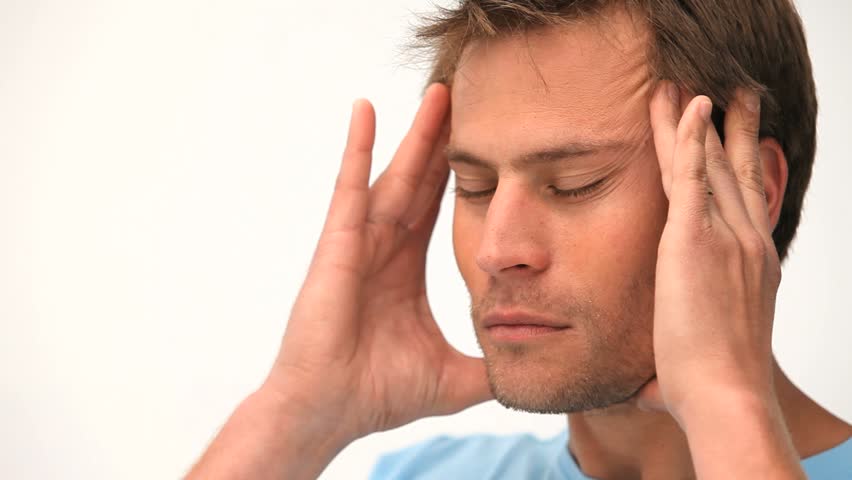Vertigo Symptoms and Vestibular Rehabilitation
Vertigo is defined as a sensation of whirling and loss of balance caused by disease affecting the inner ear or the vestibular nerve. Basically, this means you feel like the world around you, or yourself, are moving, though they are not. To those who have experienced it, vertigo is extremely disabling and unpleasant. Sometimes accompanied by nausea or even vomiting.
There is a little known fact, which we are trying to spread, that physical therapy can be extremely effective and a first line treatment for vertigo.
In fact physical therapy is effective in treating many of the most common causes of vertigo including Benign Paroxysmal Positional Vertigo (BPPV), vestibular neuritis, and cervicogenic dizziness.
BPPV occurs when calcium crystals, called canaliths, enter the semi-circular canals of your inner ear. Although, these are naturally occurring crystals help detect horizontal and vertical motion when they are in the wrong place they result is intermittent, but severe symptoms, where the room appears to spin around you. The can make simple tasks such as getting out of bed, or having a drink of water, nearly impossible. Our physical therapists at Alliance Physical Therapy have been specially trained to reposition these crystals into their proper place so your body can dissolve them naturally. This eliminates your symptoms and can happen in as little as one treatment! (Muncie 2017)
Another type of vertigo is caused by inflammation of the nerve, typically termed vestibular neuritis, This can result in a condition known as vestibular hypofunction. Basically in this situation your inner ear organ function is depressed or inhibited, and does not send appropriate information to your brain. This imbalance of input causes symptoms of dizziness, nausea and feelings of unsteadiness or just being ‘off’ (Muncie 2017). While treatment duration here involves several sessions, physical therapy is very effective here as well (Shepard 1993, Herdman 2003).
A third cause of symptoms can be the upper cervical joints and muscles. These often cause pain, headaches, dizziness, and even vertigo. Here physical therapy takes on a more familiar form in joint, muscle and postural work. At Alliance Physical Therapy, we include dry needling in these patients which can be one of the few things to help differentiate and treat this condition (Escaloni 2018).
Vertigo, headaches, dizziness; this group of symptoms are some of the most intolerable that people experience. Physical therapy is a proven, and fast treatment pathway to get you better. At Alliance Physical Therapy, we prioritize these patients for evaluation as soon as possible so you can get back to your life more quickly. Come see us, and enjoy the difference.
Joshua Gelfand, DPT Cert DN, Cert VRS
References
- Escaloni , J.,et al. The use of dry needling as a diagnostic tool and clinical treatment for cervicogenic dizziness: a narrative review and case series. Journal of Bodywork & Movement Therapies. (2018). https://doi.org/10.1016/j.jbmt.2018.02.015
- Muncie et al. Dizziness: Approach to Evaluation and Management. American Family Physician. 2017. 95 (3) : 154-162
Shepard et al . Vestibular and Balance Therapy. Annals of Otology, Rhinology & Laryngology. 1993. 102 (3) . 198-205 - Herdman SJ et al. Recovery of dynamic visual acuity in unilateral vestibular hypofunction. Arch Otolaryngol Head Neck Surg. 2003; 129(8): 819-824

Recent Comments